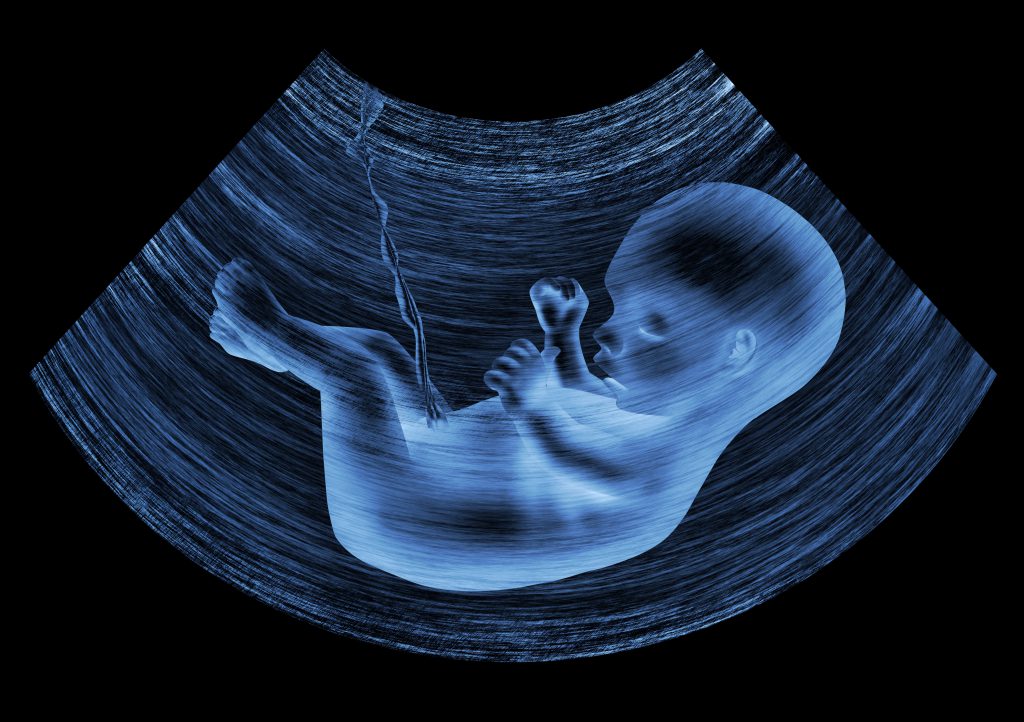5 Key Insights from the Anatomy Scan: Understanding the Importance of Anatomy Scan
During the extraordinary journey of pregnancy, expectant parents eagerly await the arrival of their little one. Amidst the anticipation and excitement, a crucial step in prenatal care is the anatomy scan, also known as the fetal anomaly scan. This comprehensive ultrasound examination, typically conducted between 18 and 22 weeks of pregnancy, offers a detailed assessment of the developing fetus, providing invaluable insights into the baby’s growth and development.
A Window into Fetal Well-being
The anatomy scan serves as a window into the fetal world, revealing the intricate details of the baby’s anatomy. Skilled healthcare providers meticulously examine the brain, heart, spine, limbs, and other vital organs, evaluating their size, shape, and overall development. This thorough examination aims to identify any potential abnormalities or structural defects that may require further attention or specialized care.
Early Detection: Empowering Informed Decisions
The significance of the anatomy scan lies in its ability to detect abnormalities early in pregnancy. Early detection empowers healthcare providers to discuss treatment options, provide counselling, and plan for an appropriate delivery strategy.
Beyond Anatomy: A Comprehensive Assessment
The anatomy scan extends beyond a mere assessment of fetal anatomy. It encompasses a thorough evaluation of the placenta, amniotic fluid levels, fetal growth, and any potential complications that may arise during pregnancy. This holistic approach ensures that expectant parents receive a comprehensive overview of their baby’s well-being.
Placental Abnormalities: Early Identification and Management
The placenta, a vital organ responsible for nutrient transfer and oxygen exchange between mother and baby, is also scrutinized during the anatomy scan. Abnormalities such as a low-lying placenta, placenta accreta, and vasa previa can be identified early on, allowing for proactive management and reducing the risk of complications during delivery.
Amniotic Fluid: A Balancing Act
The anatomy scan assesses the volume of amniotic fluid surrounding the fetus. Too little fluid (oligohydramnios) may indicate fetal kidney problems, while excessive fluid (polyhydramnios) could signal issues such as gestational diabetes or fetal anomalies. Identifying these imbalances early on allows for appropriate monitoring and intervention.
Uterine Fibroids and Cervical Issues: Monitoring and Management
Uterine fibroids, non-cancerous growths in the uterus, can be detected during the anatomy scan. Their presence and location can be monitored throughout pregnancy, guiding management decisions. Additionally, cervical issues such as a short cervix, which increases the risk of premature delivery, can be identified and closely monitored.
At ULTRAM, we understand the profound importance of the anatomy scan and the anxiety it may evoke in expectant parents. Our team of expert professionals is committed to providing the highest quality care and support throughout your pregnancy journey. If any potential issues are identified, our fetal medicine consultant will work closely with the rest of our team to develop a personalized management plan tailored to your specific needs and circumstances. This collaborative approach prioritizes the well-being of both mother and baby.

